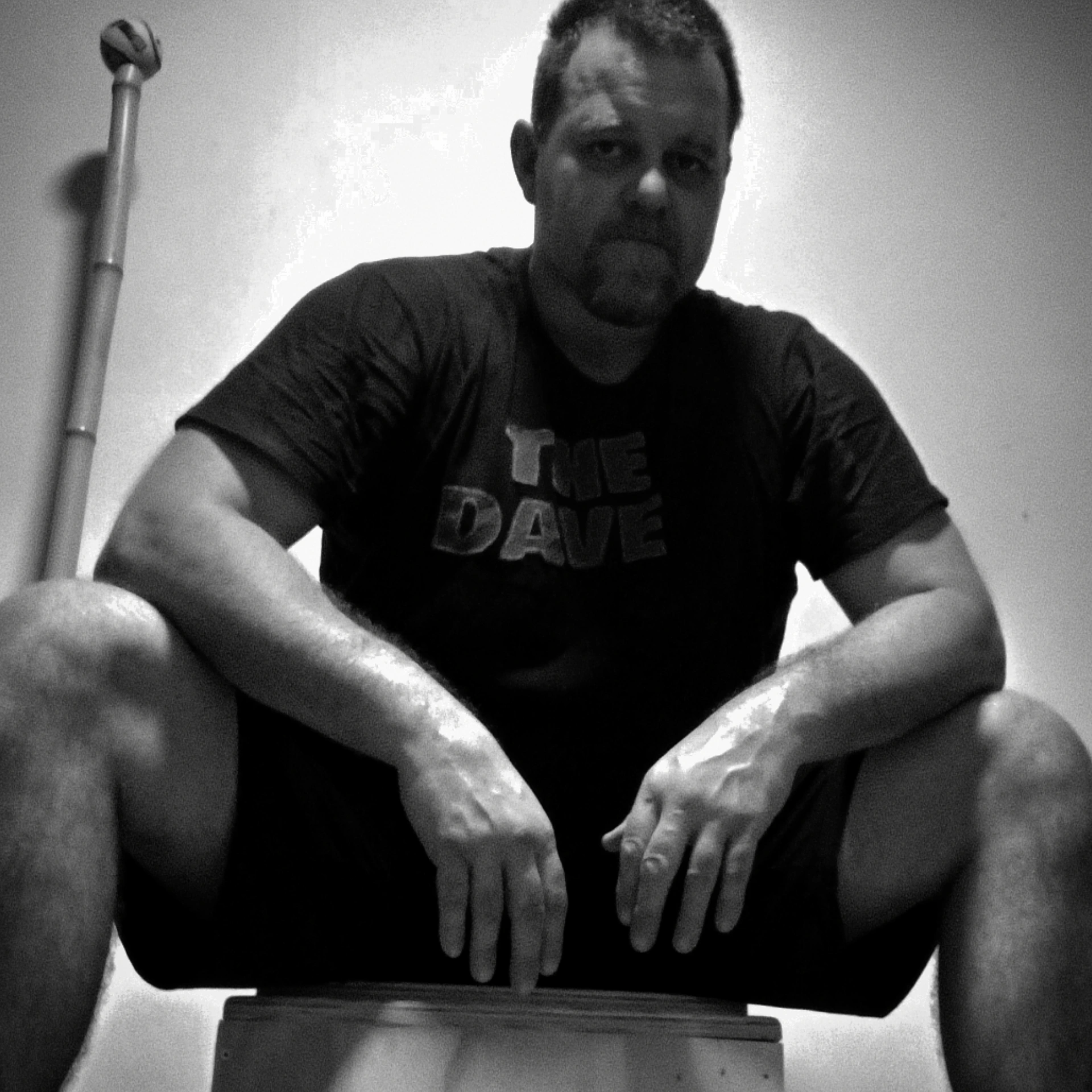Meet your.....Clavicle
- Dave Hedges

- Apr 22, 2022
- 3 min read
The Clavicle, or Collar Bone is a relatively thin shaft of Bone that runs from the top of the sternum put to the shoulder.
It partners with the scapula and the humerus to create the shoulder complex.
This is Bone that maybe doesn't get the attention that it deserves, until of course, you injure it.
The three biggies are:
Broken Collar Bone
Damaged AC (Acromioclavicular) joint
Damaged SC (Sternoclavicular) joint.
My sketch here shows the Right Clavicle, as it would look facing a person.
Top image is the front, then it "rolls down" to show the rear.
The Good stuff is mostly in the rear of this Bone as it sits so close to the skin.

The really fascinating part about this Bone is that the sternal end, the part that sits on the sternum is the only bone/ligament attachment point for the shoulder complex onto the axial skeleton.
All other attachments are muscular/tendinous.
That said, here are the muscles of the Clavicle:
Deltoid - Anterior deltoid runs from the Clavicle to the humerus
Trapezius - the upper Traps have fibres attaching to the posterior side of the Clavicle.
Subclavius - runs under the Clavicle, between it and the ribs attaching to the cartilage of the first rib.
Pectoralis - the upper pec attaches to the Clavicle and likely helps elevate the arm into flexion, or as I prefer to think, decelerate the arm as it goes into extension
Sternocleidomastoid comes from the manubrium (top section of the sternum) and the Clavicle running diagonally up to the temporal Bone at the base of the skull behind the ear.
Sternohyoid is a wee muscle that moves the hyoid bone that sits above the larynx.
In terms of movement, the Clavicle moves in a kind of synchronicity with the scapula.
The Sternoclavicular Joint is a saddle joint, of which there are only a handful in the entire body.
These being our thumb, the joint between the calcaneus and cuboid (in the foot) and our inner ear.
The Clavicle "rides" atop the sternum akin a rider atop a horse.
It's motion is almost like the Angled Barbell or Landmine set up, a near universal joint at the anchored end allowing relatively free movement at the other end.
At the other end we find the AC joint, the Acromioclavicular joint.
This is where the Clavicle meets the Acromium of the scapula. The acromium is that finger like protrusion that come off the top corner of the scapula wrapping around over the humerus to meet the Clavicle.
This joint can be quite vulnerable to injury with AC joint injuries being quite a common impact injury.
A fall or heavy impact to the shoulder or outstretched arm may push the acromium downward faster than or further than the clavicle can keep up resulting in damage to the ligaments there.
We may possibly be able to mitigate this risk by ensuring the clavicle and scapula both have adequate strength and mobility, while ensuring the rhythm between the two bones is on point.
It is my opinion that the "shoulders back and down" cue, and the move away from overhead lifting are both deleterious to the health of the shoulder as they discourage good movement and rhythm between the clavicle and scapula.
Adding in good old fashioned joint rotations, shoulder circles, arm circles etc. The various Cog movements I advocate, and "free scapular" upper body lifts, including overhead work, in the gym should keep things in check.
The Clavicle is an interesting and underappreciated bone, it's not as sexy as its flashy brother, the scapula
Underappreciated that is until it's broken. Or you damage the AC joint, or, like me, you dislocate the SC joint
Regards
Dave Hedges



Comments